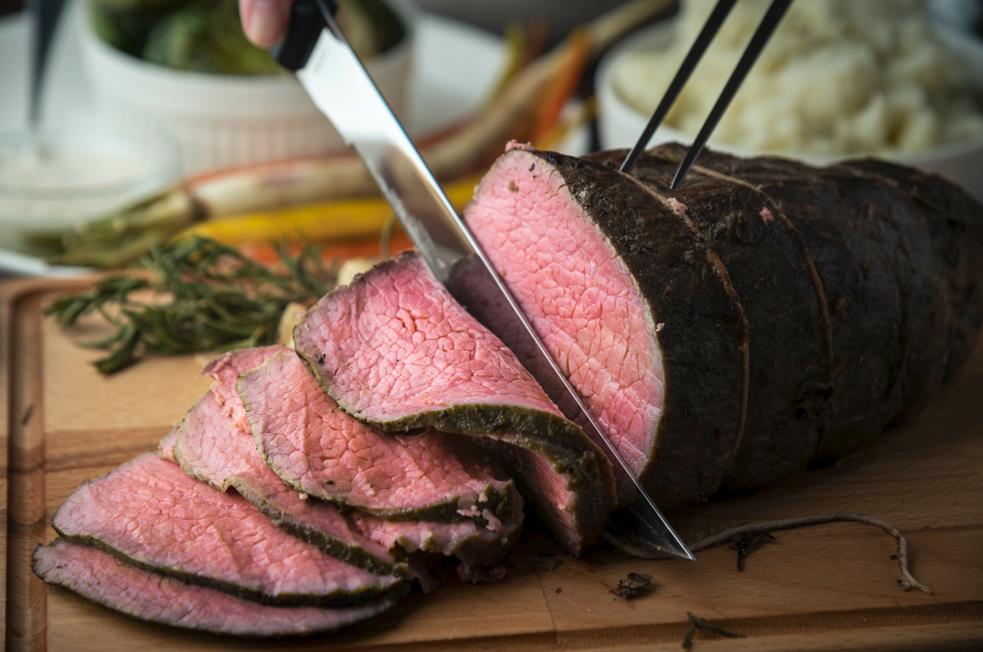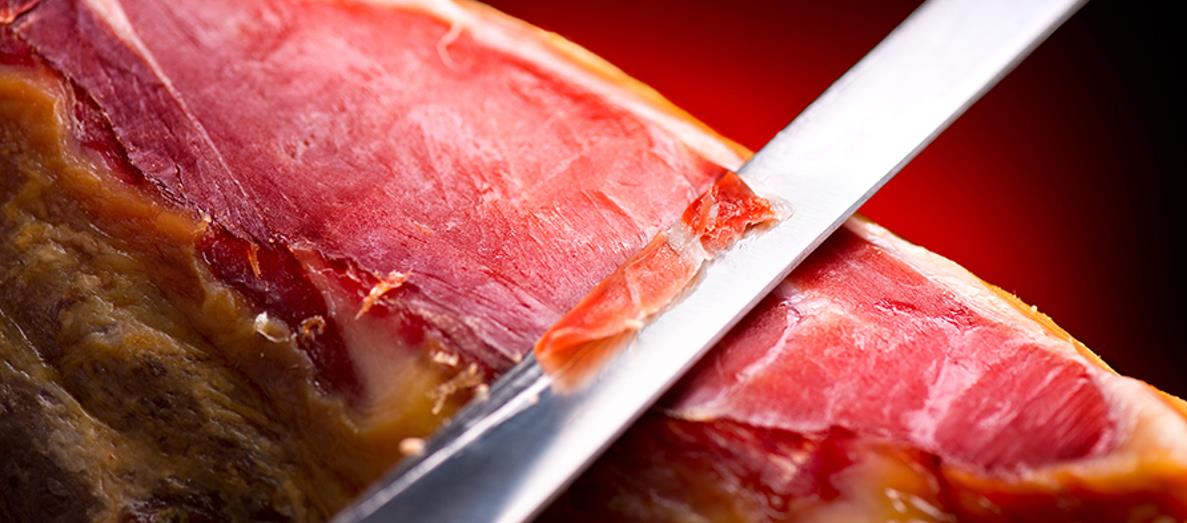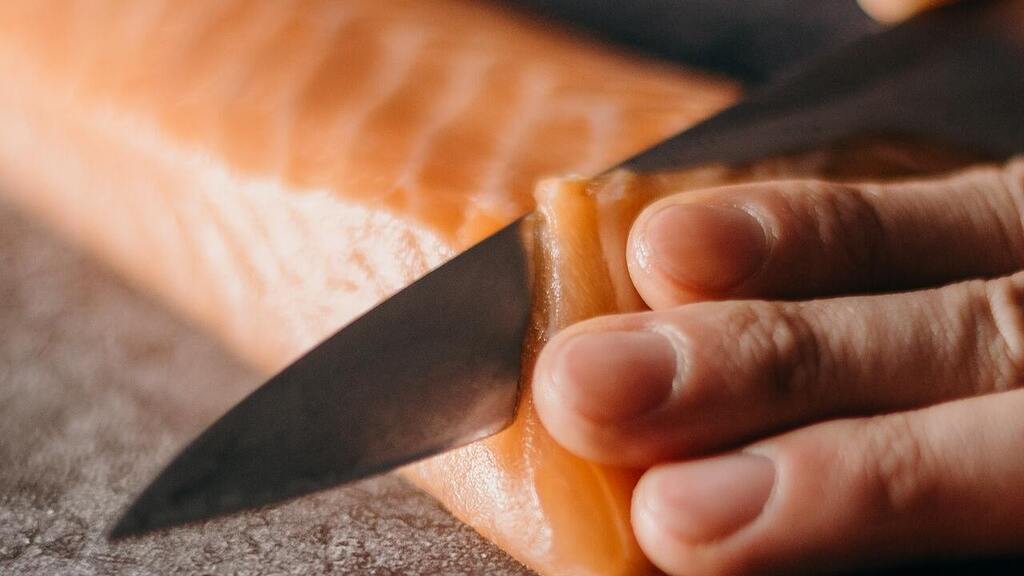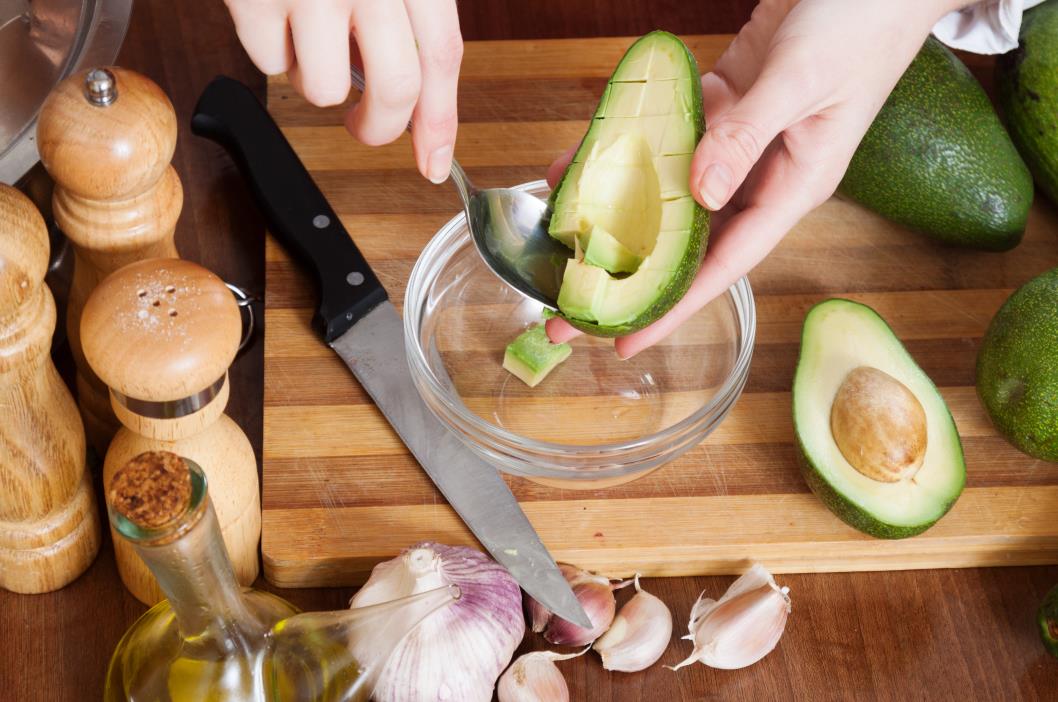People can confuse when they need make decisions on carving knife vs chef knives. These culinary tools look very similar to the untrained eye. While they certainly have common features, carving and chef knives are distinct utensils with their own set of strengths, weaknesses, and cooking applications.
Carving knives have a long and slim blade that narrows to form a sharp tip. Their main use is for slicing cuts of cooked meat, especially beef and poultry. The slim blade experiences little friction when cutting through meat and therefore creates clean slices.
Chef knives are noticeably shorter and, like carving knives, have rounded edges with a distinct tip. They are suited to cutting multiple ingredients with various motions; a chef’s knife can chop, slice, or mince fish, meat, vegetables, fruit, and herbs. The wider and shorter blade is not as effective at slicing large pieces of meat thinly.
You might still be unsure of how to tell them apart. Perhaps you are torn between buying a carving knife and just sticking with a chef knife. In that case, read on! We will highlight the design features of each. We will also tell you about each knife’s performance in the kitchen, so you can decide whether you need both knives.
Table of contents
What is a carving knife?
Design

The name of this knife indicates its main purpose. It is designed to carve cuts of meat into edible portion sizes. It is mostly used for cutting thin slices of chicken, turkey, pork, beef, and lamb.
Typical blade lengths for carving knives are between 8 and 12 inches, while the total length is 12‒16 inches. By contrast, the width of the blade is just over one inch on average, which makes carving knives relatively slim.
The Western-style carving knife has a spine that is mostly straight until the tip section, where it curves towards the knife’s point. The cutting edge curves gently up until the tip, where the bend is more obvious. The Western carving knife’s edge always has a double bevel.
Use
The long and narrow blade of a carving knife is ideal for cutting through meat. The length means that you can slice through the entire width of most pieces of meat without having to repeat your cut on the other side.
Also, the slim blade has a smaller surface area so it encounters less friction while tearing through the flesh. This allows users to carve most pieces of meat without huge effort, provided the knife is sharp.
Carving knives are frequently used with carving forks. The latter is a long metal fork with two prongs that cooks use to hold a piece of meat steady while they cut it.
The technique is to stab into the piece of meat behind where the carving knife is cutting. This stops the meat from rocking to make the cutting more efficient. The carving fork is also helpful for picking up slices of meat and serving them.
Related knives
Slicing knife

The carving knife’s nearest relative is the slicing knife. From the names, you can tell that their jobs are very similar. Visually, you can distinguish the slicing knife because its blade has a rounded tip and a consistent width. Instead of tapering to form a point, the slicing knife has a straight blade.
The slicing knife has a more flexible blade than a carving knife, hence it can cut even thinner slices of meat. On the flip side, the carving knife is more solid to give you more stability when cutting. Slicing knives perform well at cutting fish and fruit too.
Sujihiki
There is a Japanese carving knife named the Sujihiki that looks very similar to the Western model. The Sujihiki tends to have a flatter cutting edge and a slightly narrower blade.
What is a chef knife?
Design
A chef knife is a general-purpose tool capable of completing most cutting jobs in the kitchen. Its versatile design enables you to chop, slice, crush, mince and dice everything from soft fruits and fish to tough bread and meat. As a rule, chef knives are shorter than carving knives ― you are likely to find their blades between 6 and 8 inches long, though some are 10 inches.
Crucially, chef knives have wider blades. A standard 8-inch blade has a width of approximately 2 inches, which makes the chef knife much chunkier than a carving knife. Western chef knives also have mainly straight spines that curve in the tip section.
German and French designs differ slightly because the French version’s blade is a little longer (9‒10 inches, so closer to that of a carving knife), hence, its curve and tip are more subtle. It is still wider than a carving knife. A German knife’s edge curves from the blade’s center to give a more pronounced tip. German chef knives are heavier plus visibly rounder and chunkier than their French equivalent.
Use
Unlike a carving knife, a chef knife is meant to touch the chopping board as you use it.
The round blade edge is designed to roll on the surface while cutting. Experienced chefs can do so at blinding speeds. The sharp tip of the blade is ideal for finely cutting and slicing food. You can crush garlic with a chef knife by pressing down on the flat surface of the blade. You can also exert extra pressure while cutting by pushing on the spine of the knife with your free hand.
The thicker chef’s knife is sturdier than a carving knife and so there is a lower risk of it snapping when it chops bones and seafood shells. Yet, this does not mean you can be reckless.
Related knives
Gyuto

The Japanese Gyuto knife has a very similar appearance to Western chef knives, particularly the French variety. Compared to its European cousins, the Gyuto has a thinner blade, is lighter, and is sometimes manufactured with harder high-carbon steel.
Carving knife vs chef knife: comparison table
| Carving Knife | Chef Knife | |
| Blade Length | Normally between 8 and 12 inches, but can be as long as 14 inches. | The average length is around 8 inches. They can be 6 inches or as long as 10 inches. |
| Blade Width | 1‒1.5 inches at most | 1.5‒2 inches |
| Blade Shape | This resembles an elongated chef knife. The spine is almost totally straight until it bends down at the tip. The edge has a gentle curve that is more visible in the tip section. Carving knives have a sharp point. | These too, have mostly straight spines until the tip section. Depending on the exact style, the cutting edge’s curve can be subtle (French style) or very obvious (German style). |
| Applications | Slicing thin cuts of cooked meat. Carving knives can work effectively on poultry, pork, beef, lamb, turkey, and other meats. | Most cutting jobs that your kitchen presents to you. Slicing meat is just one possible use. Chef knives can slice fish, dice vegetables, peel fruit, and mince garlic, to name a few. |
| Recommended Grip | Your fingers should only ever be on the handle. | You can grip the handle with all your fingers, or you can hold the bottom of the blade with your thumb and index finger, with your remaining fingers on the handle. |
| Similar Knives | The Slicing knife The Japanese Sujihiki carving knife | The Japanese Gyuto knife |
Do you need both a carving & chef knife?
If you are strong enough, you can probably use a chef knife to cut meat cleanly despite the resistance. Note from the table above that French chef knives can have 10-inch blades ― the same as many carving knives. Chef knives can be long enough to handle large pieces of meat.
However, if you have the extra money and wish to complete your knife set, a carving knife could be the perfect addition. This is relevant if you frequently roast poultry, lamb, or pork. The carving knife not only makes serving cleaner and less stressful, but it also saves your main chef knife from additional damage.
Without the opportunity to use a carving knife a few times per month, it might not be worth purchasing one. For cooks, it is ideal to have fewer tools that can do multiple jobs well, rather than a multitude of specialized knives that you rarely use. Huge collections are harder to maintain, store, and keep track of.
A chef knife is good at many kitchen tasks but is not limited to any ― the carving knife is great for a few tasks but bad at most others. A chef’s knife can replace a carving knife, whereas the opposite is not possible. Before you buy a carving knife, the first question to answer is: “How often will I need it?”
Handpicked for you
True cutting power in the palm of your hand
Cutting Techniques
Carving Knife Techniques:
Place the carving knife horizontally above the piece of meat you wish to cut. Next, saw back and forth near the end of the meat to cut off a thin slice. It helps to use a carving fork to steady the body of meat as you cut.
Carving knives are ideal for slicing thin cuts of cooked meat like chicken, turkey, pork, beef, and lamb.
Chef Knife Techniques:
When chopping with a chef knife, the knife should roll on the cutting board due to its round edge. Use a rocking motion to chop vegetables, fruits, and herbs. You can make finer cuts with the tip alone. Additionally, the flat surface of the blade can be used for crushing, such as garlic. Apply more force by pressing down on the knife’s spine for tougher ingredients.
Chef knives are versatile tools capable of various cutting tasks in the kitchen.
These techniques showcase the specific strengths and applications of both carving knives and chef knives, highlighting their distinct roles in culinary tasks.
How to care for carving & chef knives
Carving knives
The primary role of these knives is to slice meat from the bone cleanly. To successfully do so, they must be very sharp before each use. Carving knives do not have the benefit of cutting softer foods as a chef knife does. They always have the tough task of slicing through meat. This means that, for the same amount of use, they will wear out faster than a chef knife.
It is worth honing a carving knife every time you use it. This is done by carefully sliding a steel rod along both sides of the blade’s edge several times. This will straighten the edge and put it in great condition for slicing. Depending on the frequency of your use, you could sharpen your carving knife every few months or less.
Remember that sharpening removes small amounts of metal from the knife, so a very narrow carving blade is at risk of becoming even narrower if you sharpen it too much.
Chef knives
Whatever your cuisine, an all-purpose chef knife is vital. Due to its wider blade, sharpening more often is not harmful. The best way to achieve a sharper cutting edge is by sliding the blade across both sides of a whetstone. Otherwise, you can opt for an electric sharpener.
Both carving and chef knives need a thorough clean after use, especially when they’ve touched (raw) meat. The best method is the cheapest; hot water and soap will sterilize your knives to prepare them for your next meal. Another good tip is to avoid placing sharp knives into a dishwasher or drawer with other utensils because their fine edges may dent.
Summary: A chef knife is enough for most kitchen needs
Unless you plan to cook plenty of dishes with large pieces of meat, your best option is to start with a standard chef knife. Learning to perform many techniques with it will save you money.
In the future, if you discover that a carving knife would be valuable to your cooking, consider purchasing one. If you are looking for a good all-purpose chef knife, look no further than our handmade selection. The quality of our blades will serve you well for many years.












